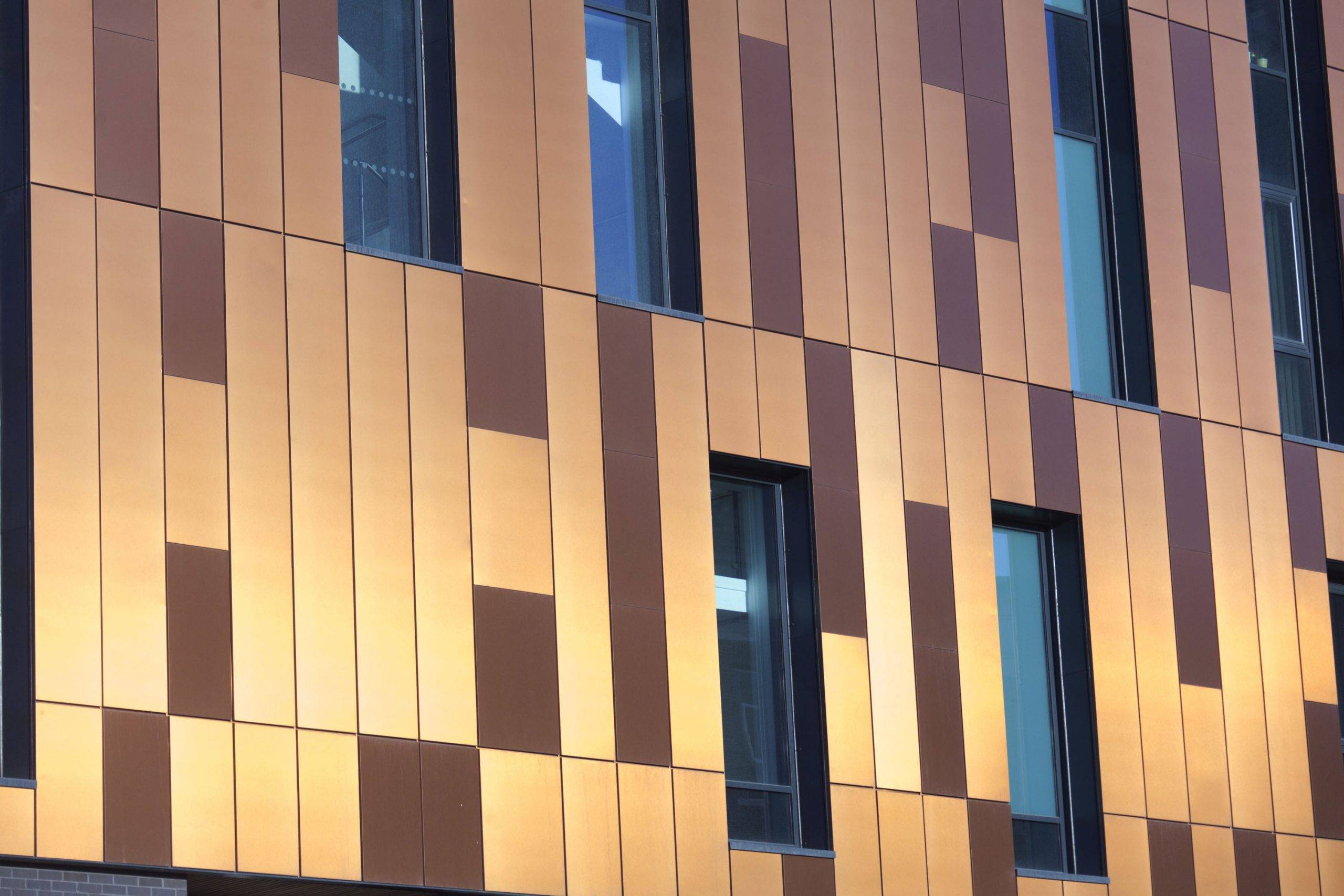Corporate occupiers are taking bold steps to reshape their workplaces across Asia Pacific, investing in quality, embracing hybrid models and exploring inclusive strategies to meet the needs of a diverse workforce, according to Colliers’ latest report “2026 Asia Pacific Workplace Insights”.
The report draws perspectives from more than 800 corporate occupiers surveyed across the region. According to the report, hybrid work, inclusive strategies, employee need fulfillment, sustainability adoption and technological adeptness are likely to remain at the forefront of workspace revolution across major office markets of the APAC region. Interestingly, the Indian office market already prioritizes inclusivity and sustainability to a greater degree as compared to others.
In fact, India’s office market, is not just scaling up, but is also evolving rapidly in terms of real estate quality and employee experience. In response to occupiers’ changing needs, developers are increasingly focusing on creating world-class workplaces, incorporating wellness-driven design, sustainability features, collaborative zones, and technology-adept infrastructure. Despite global trade frictions, India’s Grade A office space demand across the top seven cities continue to remain robust and is poised to touch 70 million square feet in 2025. New supply is also likely to follow closely at around 60 million square feet. The interplay of strong demand and availability of premium commercial developments continue to push rentals, reinforcing India’s position as one of the most dynamic office markets in the APAC region.
“Indian occupiers are clearly shifting towards sustainability and there is an evident flight-to-quality, driving the next phase of workplace evolution in 2026 & beyond. With over 80% of upcoming Grade A supply expected to be green-certified, the industry’s commitment to environmental goals is commendable. However, while green certifications are becoming a norm, the fulfillment of broader ESG goals remain a key monitorable. Meanwhile, as flexible workspaces rise — reflecting occupiers’ desire to balance agility and cost efficiency — along with strengthening return-to-office mandates, flexibility remains central to workplace strategy.” said Arpit Mehrotra, Managing Director, Office Services, India, Colliers.
“Flex spaces have established themselves as a vital component of India’s office landscape, supporting hybrid work models and return-to-office mandates while achieving cost efficiency and agility. These spaces offer scalable solutions that enable companies to manage growth and uncertainty seamlessly. With their rising adoption across diverse sectors, flex spaces are expected to drive nearly 20% of the Grade A office demand and redefine the future of Indian workplaces over the next few years.”, said Vimal Nadar, National Director and Head of Research, Colliers India.
Other Key insights from the report include:
1. Top workplace priorities: Nearly half of surveyed organizations (48%) in the APAC region are actively investing in workplace quality and employee experience, with 26% of them having made significant investments in the past 12 months and another 22% planning to do so in the year ahead.
2. The hybrid paradox: The survey found organizations are aspiring for flexibility, with 47% of companies having hybrid work models. However, traditional work-policies, structures and office set-up are still in place, with most respondents having attendance mandates and assigned seating.
3. Leading with inclusive strategies: Five generations will occupy the workplace by 2030. 15% of organizations surveyed are already considering this and 40% are starting to explore this in their workplace. When it comes to adapting for generational diversity, India (44%) and the Philippines (43%) had the highest proportion of respondents.
“The workplaces of today, and tomorrow, are not just about where people sit; they are about how space drives performance and experience. Organizations that align strategy, design, and technology will accelerate success — creating workplaces that empower people and deliver long-term value. Moreover, while investment and intent are likely to be strong across major markets, the winners will be those who turn ambition into action — bridging gaps in flexibility, sustainability, and inclusivity.” said Mike Davis, Colliers’ Managing Director, Occupier Services, Asia Pacific.
4. Employee needs vs workplace strategy: The number one driver that pulls employees to the office is social interaction and team connection (27%), followed by the quality of the workspace (18%) and access to wellbeing features. 48% indicate a reliance on senior leadership to shape workplace strategy, while 19% engage all employees.
5. Sustainability ambition-action gap: Sustainability is a bold ambition, with 52% of businesses collaborating with their landlord to achieve sustainability outcomes. Australia leads the charge, with 79% of organizations surveyed actively partnering with landlords on sustainability. India (67%) and Singapore (65%) also show strong intent.
6. Design and technology will be game changers: 20% of organizations use AI tools to enhance employee experience, with 6% using desk booking data and 3% having occupancy sensors. Overall, commercial real estate functions such as lease abstraction, tenant screening, energy optimization, facilities management planning etc. are already at the cusp of automation across most major APAC markets including India.
India's office real estate is changing fast, with businesses putting first factors such as quality, inclusiveness, environment-friendliness, and flexibility. The hybrid work model, tech-enabled layout, and employee-focused areas are some of the changes that are happening in the work places, whereas the considerable need for Grade A offices and the increased use of flex spaces are the most visible signs of India becoming a vibrant and progressive hub in the APAC region.









.png)